About LANDU Hydroxyethyl Cellulose (HEC)
Hydroxyethyl Cellulose, or HEC, is a water-soluble polymer derived from cellulose, nature’s most abundant organic material. Think of it as a molecular “sponge” that loves water. Chemically, it’s cellulose that’s been modified with hydroxyethyl groups, which dramatically increases its water solubility and gives it unique properties. In simpler terms, HEC is a modified natural sugar that acts like a super-powered stabilizer and thickener in water-based systems. It’s a non-ionic cellulose ether, meaning it doesn’t carry an electrical charge, which makes it compatible with a wide range of other chemicals and pH levels. This compatibility is key in complex systems like emulsion polymerization.
During the polymerization process, tiny droplets of monomers are dispersed in water. HEC acts as a protective colloid, forming a barrier around these droplets to prevent them from clumping together (coagulation or flocculation). This is crucial for maintaining a stable emulsion. Think of it as tiny shields protecting each monomer droplet.
HEC has excellent water retention properties, preventing premature drying of the emulsion, especially during film formation. This is especially important in applications like paints and coatings, ensuring a smooth, even finish without cracking.
HEC increases the viscosity of the aqueous phase. This higher viscosity helps to suspend the monomer droplets and the resulting polymer particles, preventing them from settling out. A higher viscosity ensures the entire mixture stays uniformly dispersed. It's like thickening a soup to keep the ingredients evenly distributed.
HEC imparts pseudoplastic or shear-thinning behavior to the emulsion. This means the viscosity decreases under shear (e.g., when the mixture is stirred or applied), making it easier to process and apply. Once the shear force is removed, the viscosity recovers, providing stability.
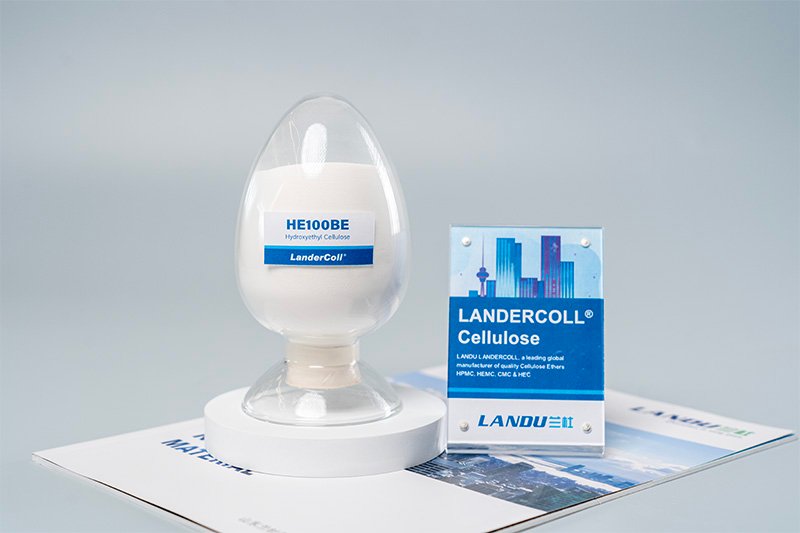
HEC primarily improves the paint's consistency and preventing pigment settling. The focus is on cost-effectiveness.
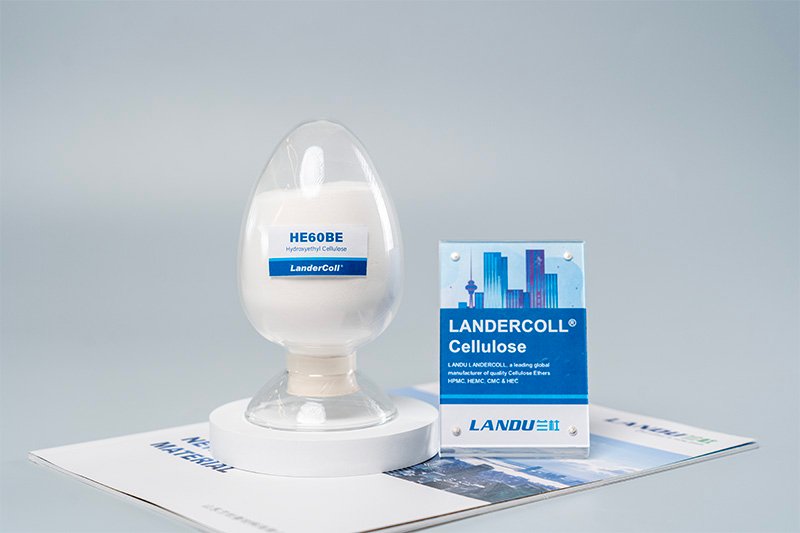
HEC provides enhanced stability and workability. It improves the adhesive's open time and ensures good bond strength.
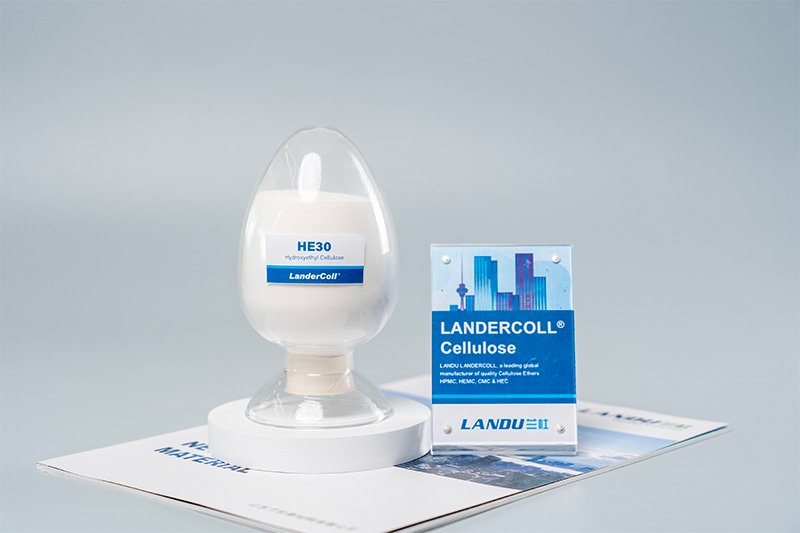
These demand superior performance. HEC contributes to excellent water retention, crack resistance, and durability.
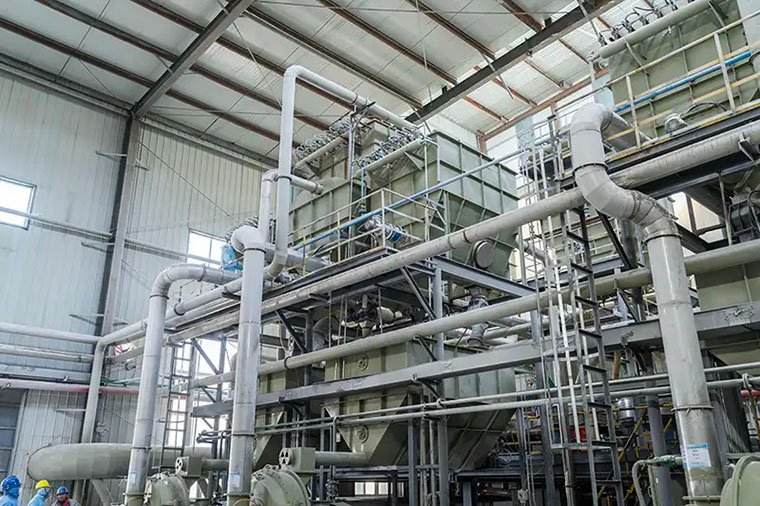
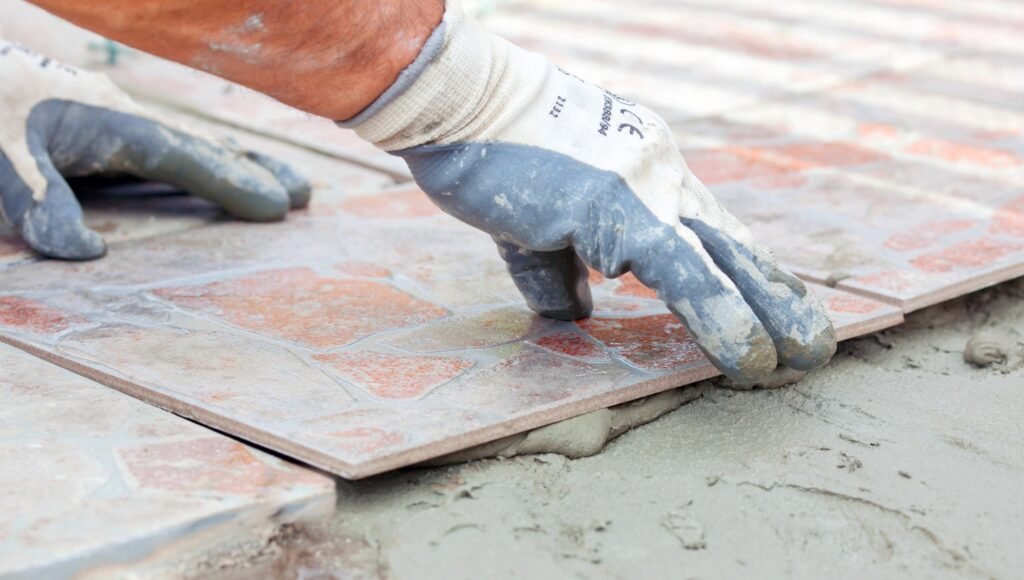
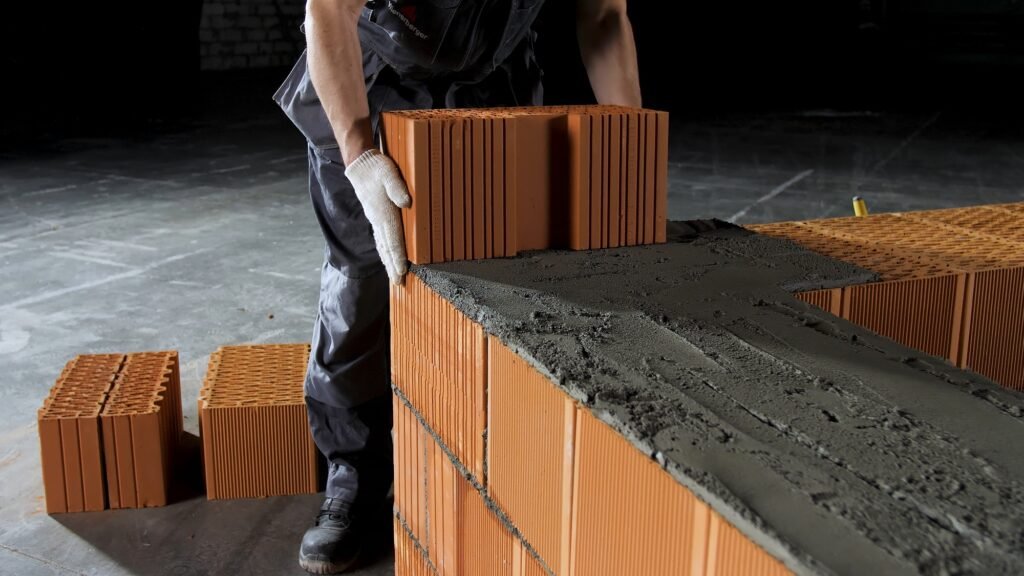
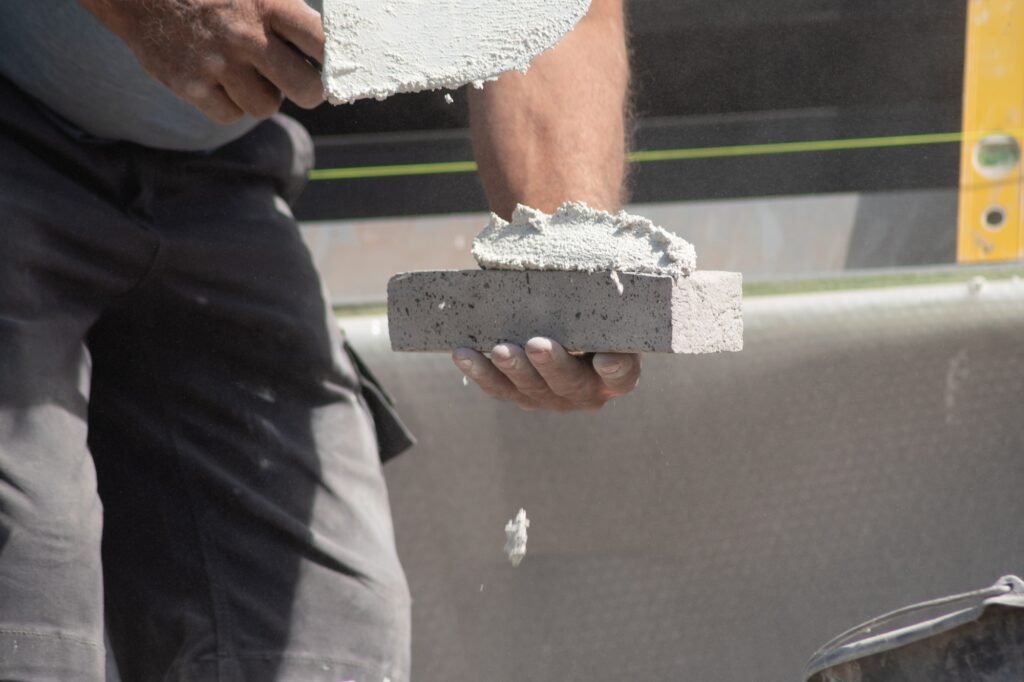


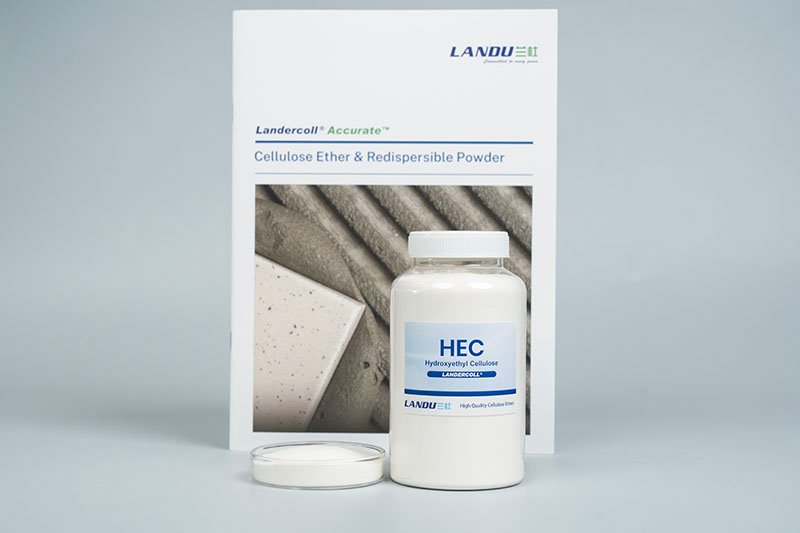
We provide free samples, global shipping, and custom formulations to meet your specific needs. Reach Out For Service!
| Product Name | Viscosity (Brookfield 1%) | Key Features | Typical Applications |
|---|---|---|---|
| LANDERCOLL® HE30 | 1500 - 2500 mPa·s | Excellent water retention, good thickening efficiency | Interior paints, general-purpose adhesives |
| LANDERCOLL® HE30MBE | 1500 - 2500 mPa·s | High degree of substitution, Excellent biological stability | Exterior coatings, high-solids adhesives |
| LANDERCOLL® MEB60M | 2500 - 3500 mPa·s | Enhanced overall performance, Excellent scrubbing resistance | Specialized coatings, tile adhesives |
| LANDERCOLL® MHE60PX | 2500-3500 mPa.s | Offering enhanced workability and anti-sag performance | Cement-based tile adhesives, dry-mix mortars |
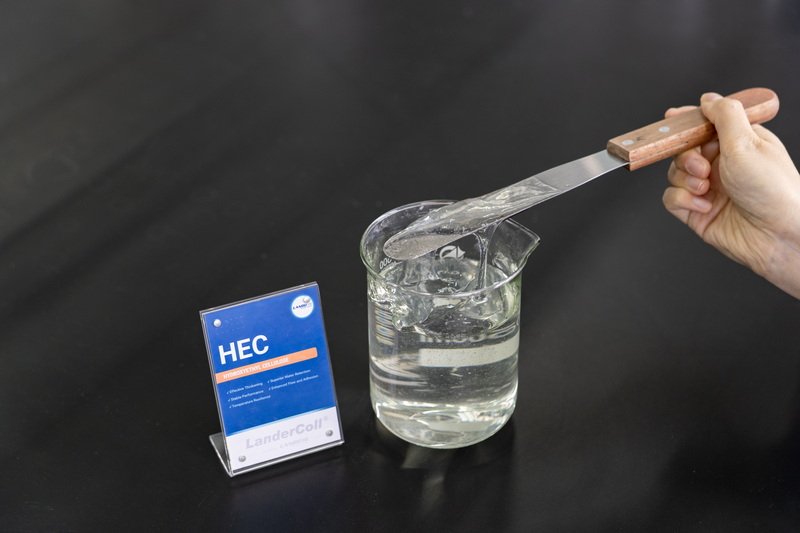

Applications exposed to rapid drying conditions can benefit from LANDU LANDERCOLL HEC grades with high water retention.


| Application | Recommended LANDERCOLL® Grade(s) | Notes |
|---|---|---|
| Interior Paints | HE30M | Good balance of viscosity and water retention. |
| Exterior Coatings | HE100M, HE60M | High viscosity provides excellent sag resistance and durability. |
| Color Paste | HEC ER | Dispersant for emulsion polymerization and colorant. |
| Water-based Paste Putty | MHB60M | Enhanced workability and anti-sag performance |

| Problem | Solution |
|---|---|
| Poor emulsion stability (coagulation/settling) | Increase the HEC concentration, use a higher viscosity HEC grade (e.g., HEC-100), or add a suitable surfactant to improve the dispersion of the monomers. |
| Cracking in coatings | Use a HEC grade with higher water retention (e.g., HEC-250) and ensure proper curing conditions. |
| Sagging in high-build coatings | Increase the HEC concentration or use a higher viscosity HEC grade to improve sag resistance. |
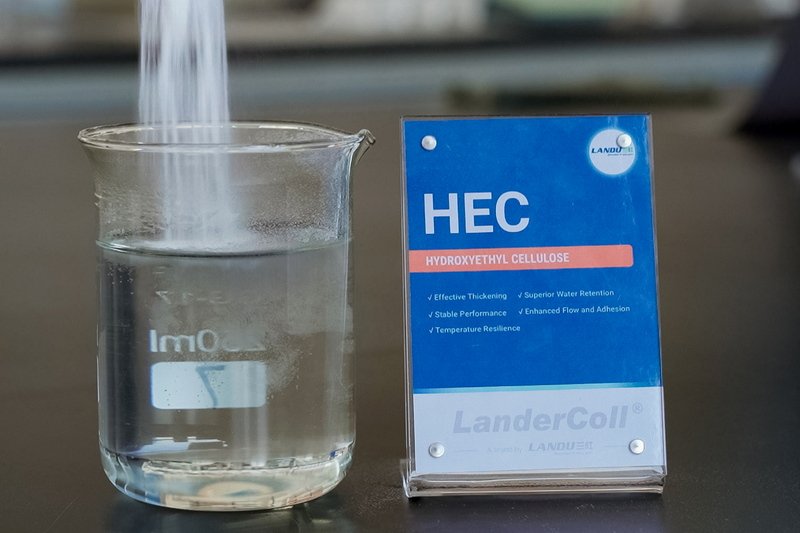
Key to Success: Ensure complete dispersion of HEC before adding other ingredients to prevent agglomeration.
Slowly add HEC to vigorously stirred water, ensuring thorough dispersion to prevent lumping.
Allow sufficient time for the HEC to fully hydrate. The hydration time depends on the HEC grade and water temperature.
Mix the HEC solution thoroughly with other components of the formulation.
Adjust the pH of the formulation if necessary. HEC is typically stable over a wide pH range.
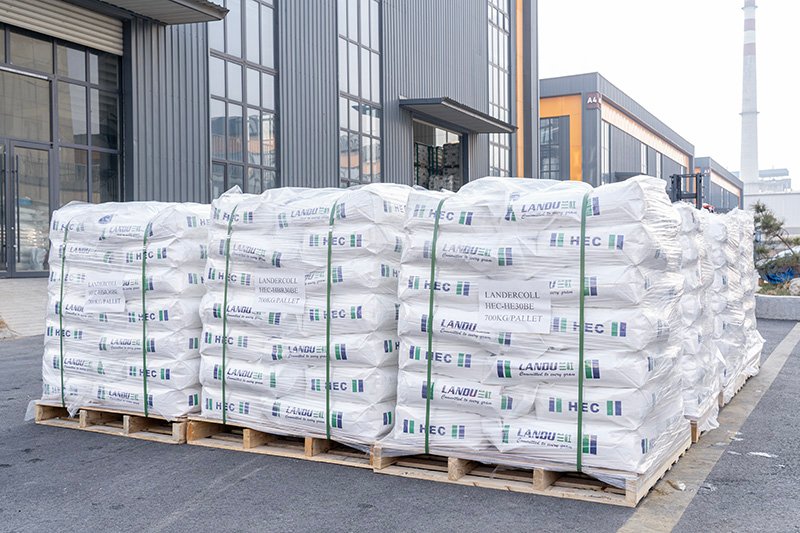
About LANDU Hydroxyethyl Cellulose (HEC)
| Item | Details |
|---|---|
| Packaging | 25 kg multi-layer paper bags with PE liner |
| MOQ | 500 kg |
| Lead Time | 7-14 days. This may vary according to order requirements. |
| Payment Terms | T/T, L/C, OA, and more |
| Shipping | Sea Freight by CIF, FOB, CFR, and more |
| Sample Policy | Free samples available upon request |





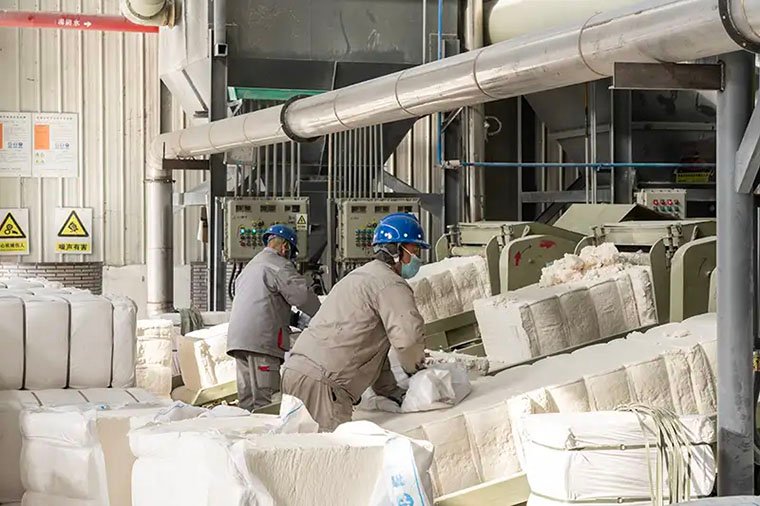
LANDU LANDERCOLL® HEC is manufactured in a state-of-the-art facility with advanced process control systems to ensure consistent quality. Our products meet or exceed industry standards, including ASTM and EN specifications. We have a dedicated R&D team that is constantly developing new and improved HEC grades to meet the evolving needs of our customers. Our R&D capabilities include:
LANDU is on standby here to help you find the right solution for your needs. Whether you need free consultation, technical guidance, product samples, or logistical support, our team is ready to assist!

Torres brings over 10 years of experience in the chemical and cellulose ether industry, specializing in HPMC applications across the construction, pharmaceuticals, personal care, and food sectors. With a deep understanding of market needs and regulatory standards, he is dedicated to helping customers in Europe find the right HPMC solutions for their unique requirements.

Cynthia combines technical precision with a problem-solving mindset, helping clients resolve challenges and optimize HPMC for their specific needs. She is responsible for quality control, performance testing, and failure analysis of HPMC across multiple industries. Whether you’re testing a new formulation or diagnosing inconsistencies, Cynthia provides data-driven insights for reliable results.

Our team ensures high standard!and flexible solutions for various
customer needs.